The corn snake (Pantherophis guttatus) remains one of North America’s most beloved serpent species, captivating both reptile enthusiasts and casual observers with its striking appearance and docile temperament. Native to the southeastern United States, these non-venomous constrictors have earned their place as one of the most popular pet reptiles worldwide. While many recognize their vibrant orange and red patterns, corn snakes harbor numerous surprising secrets beneath their scales. From their remarkable hunting abilities to their unexpected historical significance, these captivating reptiles offer much more than meets the eye. Let’s slither into seven fascinating facts about corn snakes that might just change how you view these magnificent creatures.
Their Name Has Nothing to Do With Corn Colors

Despite popular belief, corn snakes didn’t earn their name from their yellow and orange coloration resembling corn kernels. The actual origin traces back to early American farmers who discovered these snakes in their corn storage facilities. These clever reptiles would infiltrate corn cribs and granaries to hunt the mice and rats attracted to stored grain. Farmers actually welcomed their presence as natural pest controllers, making corn snakes one of the few snake species historically viewed as beneficial rather than threatening. Some historical accounts suggest Native American tribes recognized this beneficial relationship long before European settlers arrived. This natural rodent-hunting behavior has continued to make them valuable allies in agricultural settings even today.
Corn Snakes Are Master Escape Artists
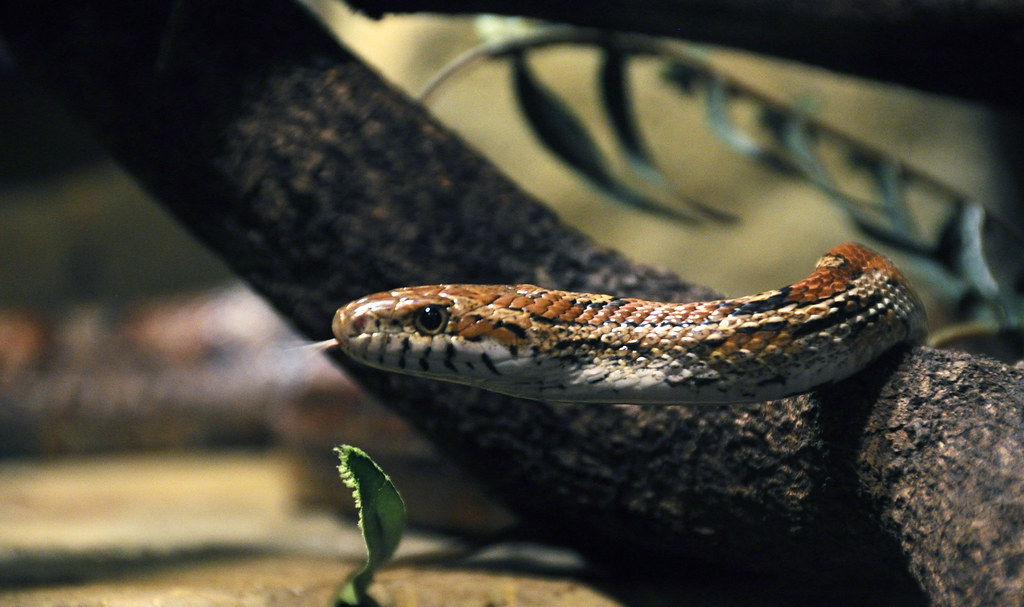
Corn snake owners often learn this fact the hard way: these serpents possess remarkable escape abilities that would impress even Houdini himself. Their slender bodies can squeeze through gaps barely the width of a pencil, while their strong muscles allow them to push against loose lids and unsecured tank tops. Unlike many reptiles, corn snakes display impressive problem-solving skills when seeking freedom, often testing different areas of their enclosure repeatedly until finding a weakness. Their excellent climbing abilities further enhance their escape prowess, as they can scale vertical surfaces with surprising agility. This natural behavior stems from their wild instincts to explore and seek optimal hunting grounds, making secure enclosures with proper locks absolute necessities for corn snake keepers.
They Shake Their Tails Like Rattlesnakes
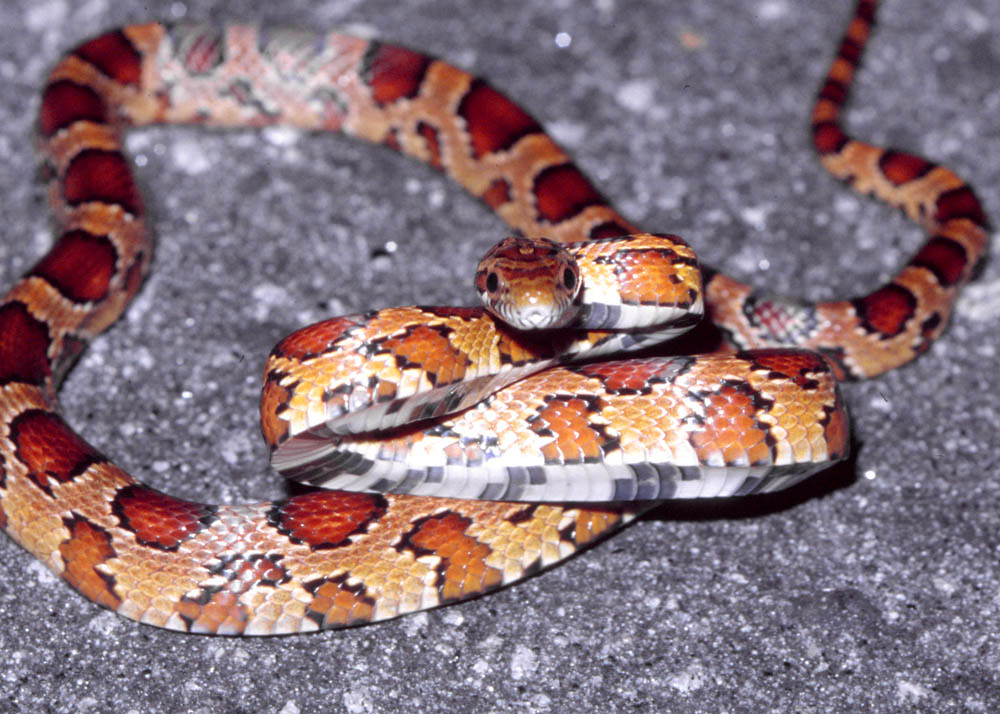
When threatened, corn snakes employ a fascinating defensive behavior that mimics their more dangerous cousins. They rapidly vibrate their tails against dry leaves or other debris, creating a buzzing sound remarkably similar to a rattlesnake’s warning. This mimicry, known as Batesian mimicry, helps these harmless snakes deter potential predators who associate the sound with venomous species. What makes this behavior particularly interesting is that corn snakes exhibit it despite having no close evolutionary relationship with rattlesnakes.
Researchers believe this adaptation evolved independently through convergent evolution, demonstrating how similar environmental pressures can produce comparable adaptations in unrelated species. Even captive-bred corn snakes with no exposure to rattlesnakes will instinctively display this behavior when feeling threatened.
Corn Snakes Have Extraordinary Color Variations
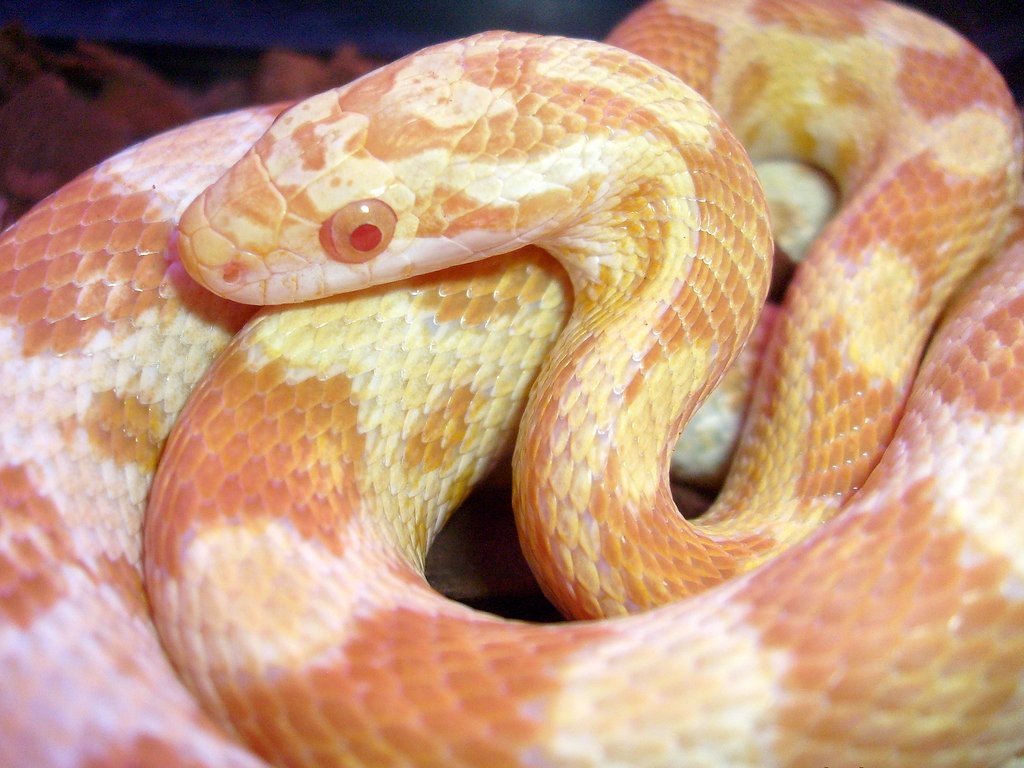
Few reptile species showcase the remarkable color diversity of corn snakes, particularly in captive breeding. While wild specimens typically display the classic orange-red patterns with black borders, selective breeding has produced over 800 distinct morphs with dramatically different appearances. Amelanistic (albino) corn snakes lack black pigmentation, resulting in bright orange and pink specimens, while anerythristic snakes lack red pigments and appear in striking gray and black patterns.
More extreme variations include the snow morph (lacking both black and red pigments), caramel, lavender, and even the dramatic “bloodred” morphs with deep crimson coloration. This extraordinary genetic plasticity has made corn snakes a favorite among breeders who continue developing new color combinations. Some specialty morphs can command prices exceeding $1,000, turning these humble reptiles into living works of art.
They’re Mathematical Marvels
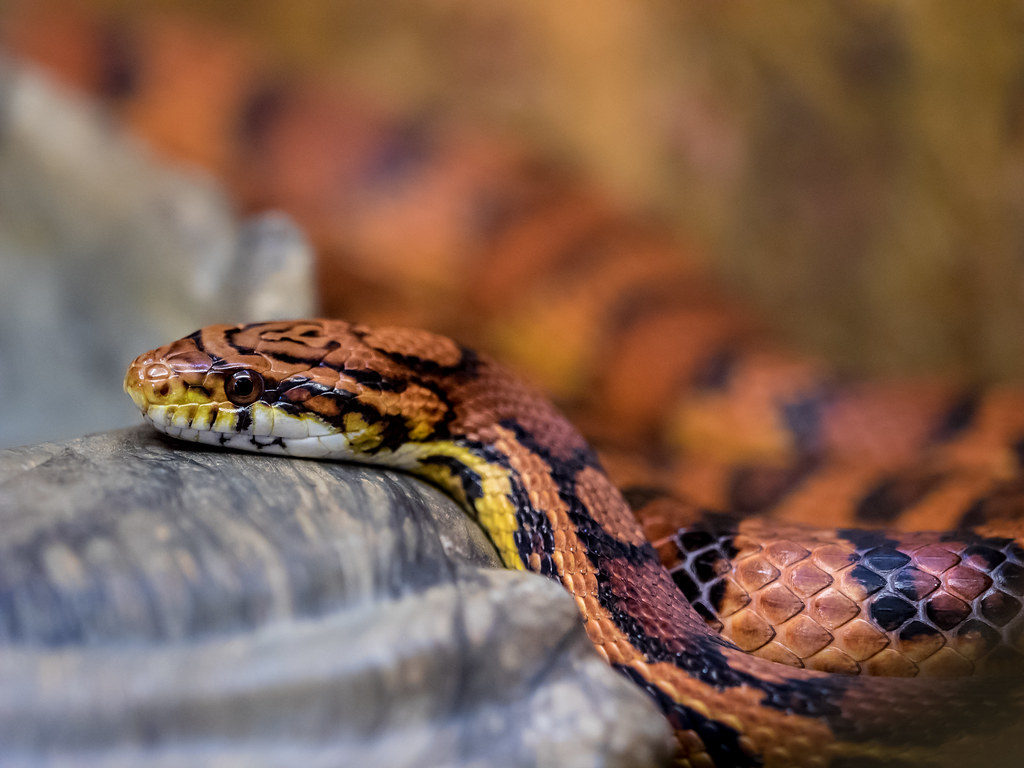
The distinctive checkerboard pattern adorning corn snakes’ bellies isn’t just aesthetically pleasing—it’s mathematically significant. These patterns follow specific mathematical principles similar to cellular automata, where complex patterns emerge from simple rules. Each scale’s coloration relates to neighboring scales in a way that creates consistent patterns through mathematical relationships rather than random distribution.
Scientists studying bioinformatics have actually used corn snake patterns as models for understanding how biological systems generate complex patterns from simple genetic instructions. This mathematical precision extends to the snake’s growth pattern, with most corn snakes adding scales in a predictable Fibonacci-like sequence as they mature. These mathematical properties make corn snakes valuable subjects in the study of pattern formation in developmental biology.
Corn Snakes Are Temperature-Dependent Gender Determinists
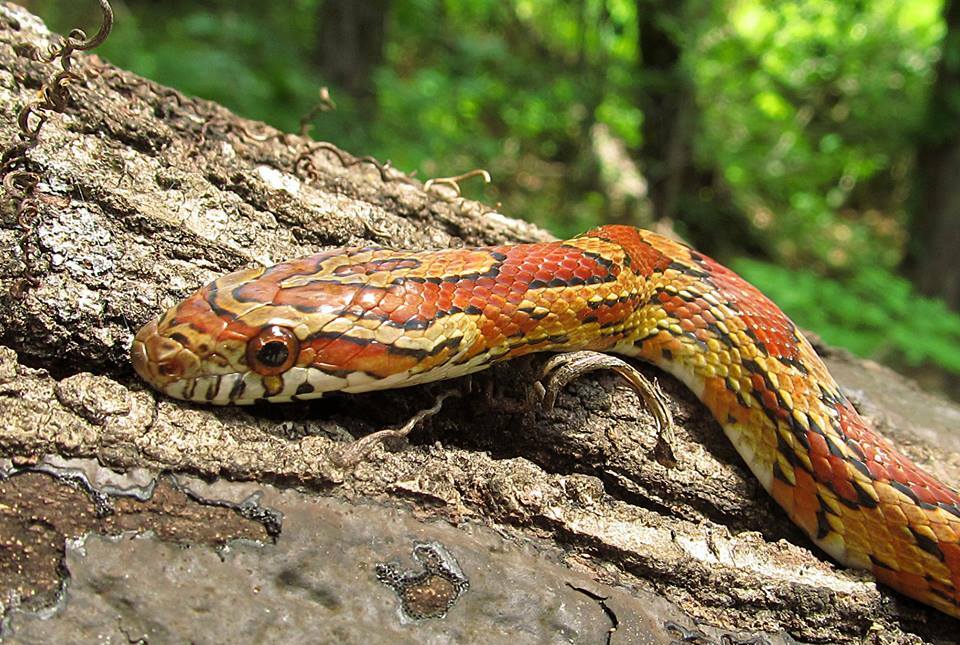
Unlike mammals with genetic sex determination, corn snakes develop their gender based on the temperature at which their eggs incubate—a phenomenon known as temperature-dependent sex determination (TSD). Eggs incubated at lower temperatures (around 75-78°F) typically produce males, while higher temperatures (84-88°F) yield predominantly females. The fascinating aspect of this system is the precision required; just a few degrees’ difference during critical developmental stages can dramatically shift the gender ratio of a clutch.
This adaptation likely evolved to ensure optimal sex ratios for environmental conditions, as temperature often correlates with resource availability in the wild. For breeders, this phenomenon offers the unique ability to influence the gender distribution of hatchlings by carefully controlling incubation temperatures. Research suggests this temperature sensitivity may make corn snakes particularly vulnerable to climate change effects in wild populations.
They’re Among the Longest-Lived Pet Reptiles

While many small pets offer companionship for just a few years, corn snakes represent a remarkably long-term commitment. In proper captive conditions, these resilient reptiles routinely live 15-20 years, with exceptional specimens documented reaching 25-30 years or more. This impressive lifespan exceeds many dog breeds and approaches the human generation span, making corn snakes intergenerational pets that may accompany their owners from childhood through adulthood. Their longevity results from a remarkably efficient metabolism that allows them to thrive on just one meal every 7-10 days as adults. Unlike mammals that burn calories constantly maintaining body temperature, corn snakes conserve energy through their ectothermic physiology. Their extended lifespan gives them time to develop distinct personalities and recognition of regular handlers, leading many keepers to report surprising levels of individualized behavior in long-term serpent companions.
Corn Snakes Have Exceptional Thermal Vision
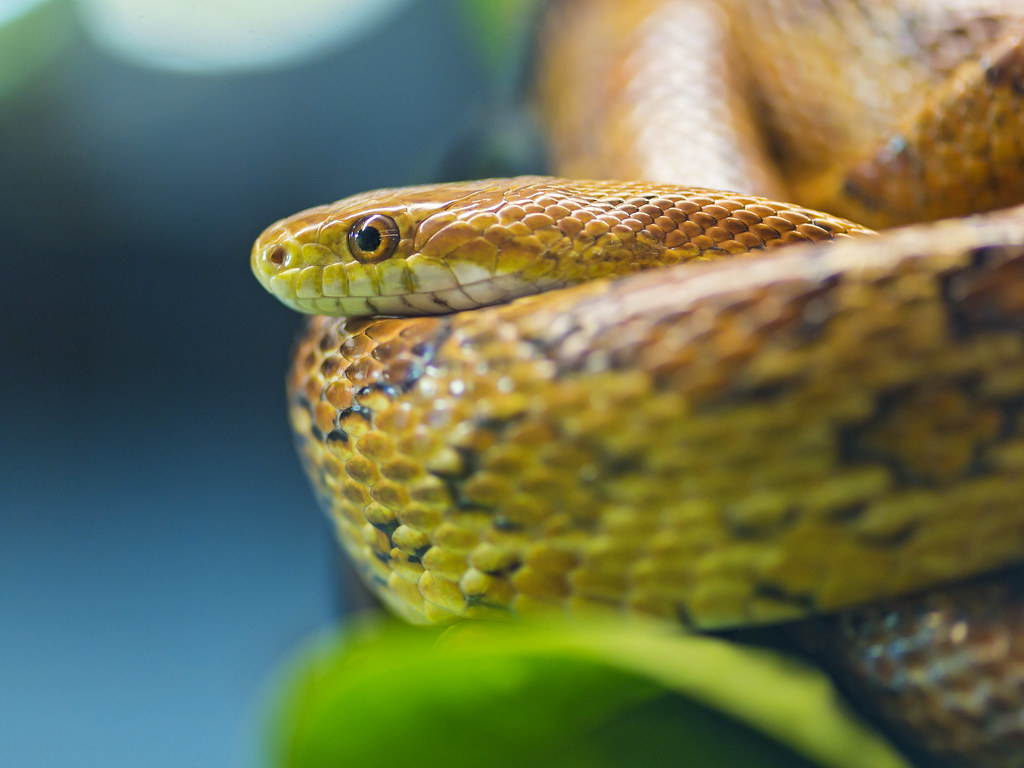
While corn snakes lack the sophisticated heat-sensing pits found in vipers and pythons, they possess remarkable infrared sensitivity through specialized receptors in their skin. These thermoreceptors allow corn snakes to detect temperature variations as slight as 0.1°C, enabling them to track warm-blooded prey even in complete darkness. Most fascinating is their ability to create a crude “thermal image” of their surroundings by moving their heads in sweeping patterns, effectively scanning for heat signatures. This adaptation proves particularly valuable for detecting rodents hiding in burrows or within dense vegetation. Researchers have documented corn snakes successfully hunting blindfolded when thermal cues remain available, demonstrating their reliance on this extraordinary sense. This heat-sensing ability also helps corn snakes locate optimal basking spots to regulate their body temperature with remarkable precision.
They’re Natural Climbers and Semi-Arboreal
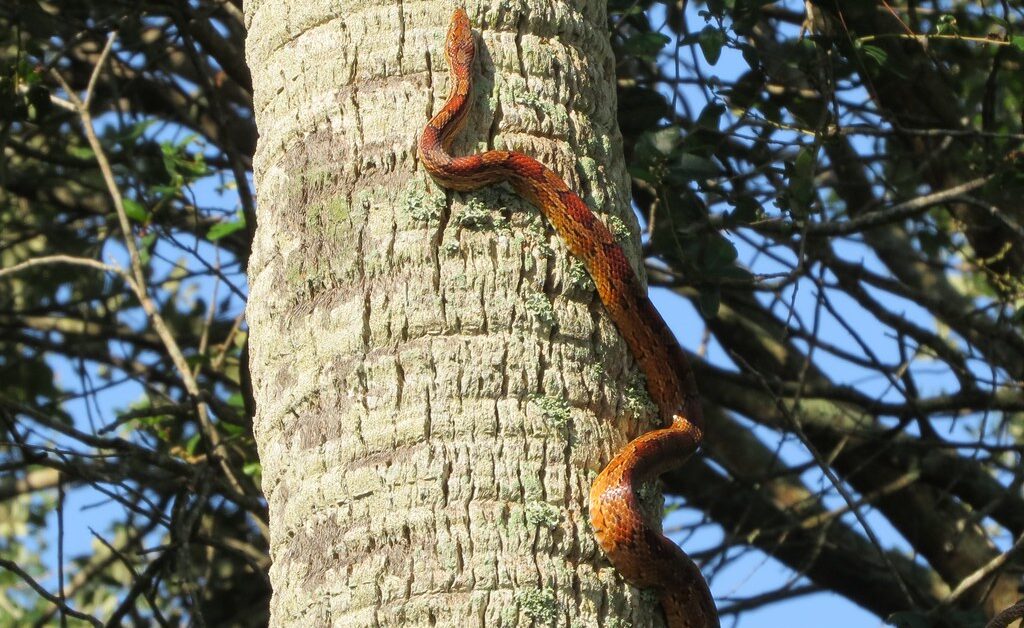
Unlike many ground-dwelling snakes, corn snakes display impressive arboreal abilities that often surprise first-time observers. Their strong muscles and specialized scales provide excellent grip, allowing them to ascend vertical surfaces and navigate through branches with remarkable agility. In the wild, corn snakes regularly climb trees to raid bird nests for eggs and nestlings, sometimes reaching heights exceeding 30 feet. This climbing behavior reflects their evolutionary adaptation to exploit food sources unavailable to strictly terrestrial competitors. Young corn snakes tend to be even more arboreal than adults, likely as a strategy to avoid ground-based predators during their vulnerable early growth stages. In captivity, this natural climbing instinct means corn snakes thrive best in enclosures with vertical climbing opportunities, branches, and elevated hiding spots that allow them to express their full behavioral repertoire.
Corn Snakes Practice Cryptic Coloration
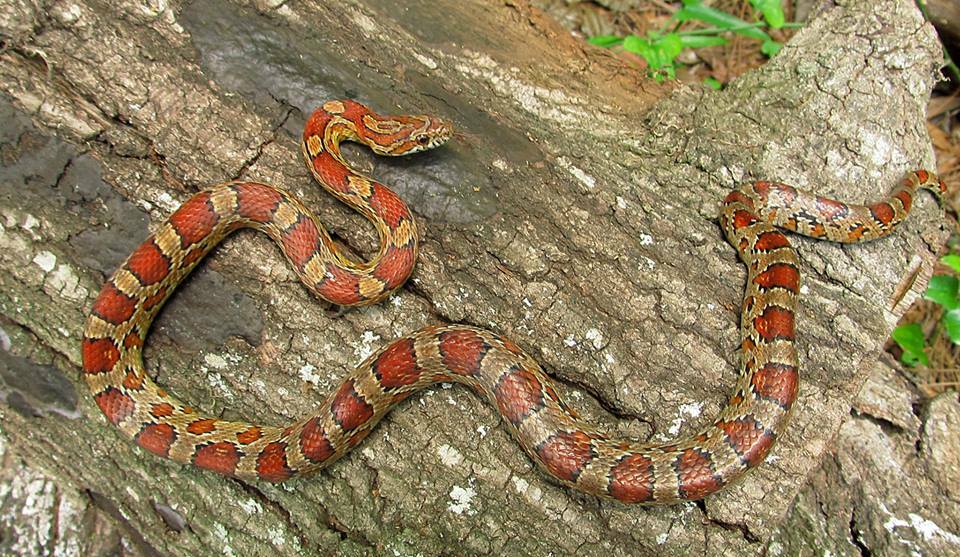
The vibrant patterns that make corn snakes popular pets actually serve a critical survival function in the wild through an adaptation called cryptic coloration. Despite their seemingly bright appearance, their orange, red, and brown patterns perfectly mimic the dappled sunlight filtering through forest leaf litter in their native southeastern woodlands. When motionless, a corn snake virtually disappears against the forest floor’s mosaic of decaying leaves and pine needles.
This camouflage works through disruptive coloration, where the bold patterns break up the snake’s outline and make it difficult for both predators and prey to recognize its serpentine shape. Juvenile corn snakes display even more pronounced patterning with higher contrast, providing enhanced camouflage during their vulnerable early life stages. This cryptic adaptation demonstrates nature’s paradoxical ability to use bold patterns to create effective concealment rather than simply relying on dull, uniform coloration.
They’ve Been Cultural Symbols for Centuries

Long before becoming popular pets, corn snakes held significant cultural importance among indigenous peoples of the southeastern United States. Archaeological evidence suggests several Native American tribes, particularly the Creek and Cherokee, incorporated corn snake imagery into ceremonial objects and storytelling traditions. These cultures often viewed the corn snake as a symbol of agricultural prosperity due to its role in controlling rodent populations around food storage areas. Historical records indicate some tribes considered encountering a corn snake a positive omen for harvest outcomes. European settlers initially adopted many of these positive associations, distinguishing corn snakes from other species they feared. This relatively positive cultural perception helped corn snakes avoid the widespread persecution faced by many other snake species, contributing to their continued abundance in regions where other snakes declined dramatically.
Corn Snakes Have Unique Hunting Strategies
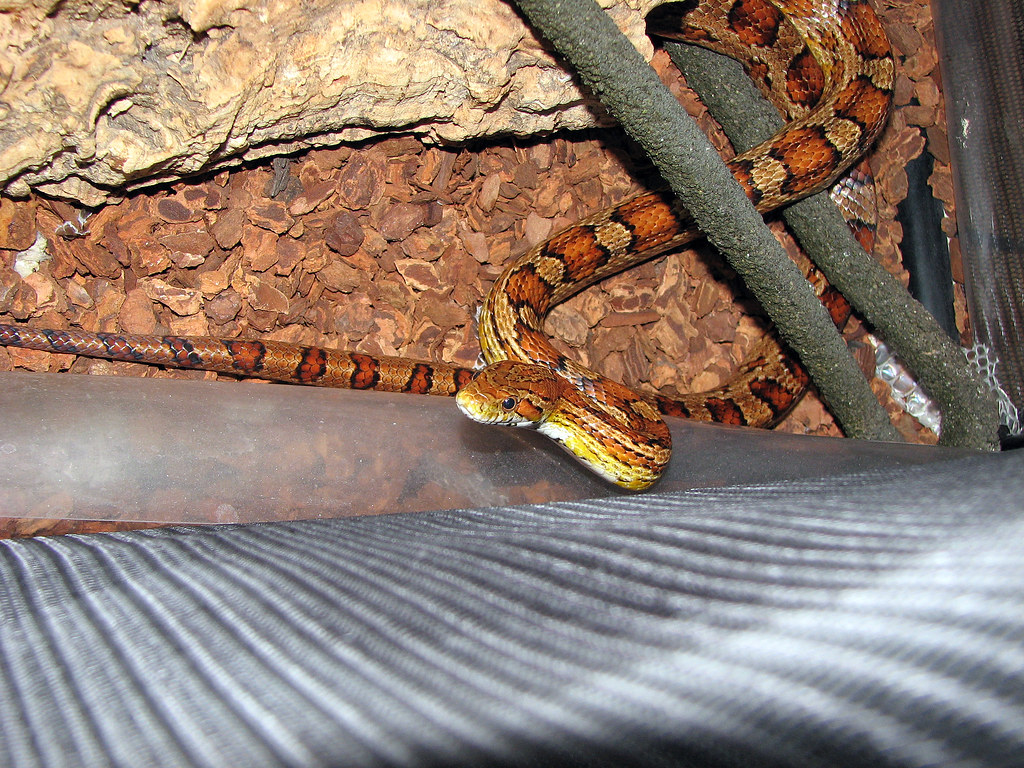
Beyond their constricting abilities, corn snakes employ sophisticated hunting techniques that showcase their remarkable adaptability and intelligence. Unlike ambush predators that wait for prey to approach, corn snakes actively forage using a combination of thermal detection, scent tracking, and visual hunting depending on environmental conditions. When pursuing burrowing prey, they employ a fascinating technique called “burrow probing,” where they systematically investigate multiple rodent tunnels by inserting their heads while keeping their bodies positioned for quick retreat if necessary.
Perhaps most impressive is their ability to memorize productive hunting locations, with studies demonstrating they can recall successful feeding sites for months. Corn snakes also adjust their hunting schedule seasonally, becoming more nocturnal during summer heat and shifting to daylight hunting during cooler months. This behavioral flexibility contributes significantly to their success across diverse habitats ranging from pine forests to suburban environments.
From their mathematical patterns to their remarkable thermal vision, corn snakes prove themselves far more complex and fascinating than their common reputation might suggest. These adaptable reptiles have not only survived alongside human development but have thrived through their beneficial relationship with agriculture and their appeal as companion animals. Whether appreciated for their pest control services, studied for their mathematical patterns, or simply enjoyed as colorful pets, corn snakes continue to surprise us with their remarkable adaptations and capabilities. For reptile enthusiasts and casual observers alike, these seven fascinating facts merely scratch the surface of what makes the humble corn snake one of nature’s most impressive serpent success stories. The next time you encounter one of these vibrant reptiles, you’ll surely view them with newfound appreciation for the extraordinary capabilities hidden beneath those beautiful scales.


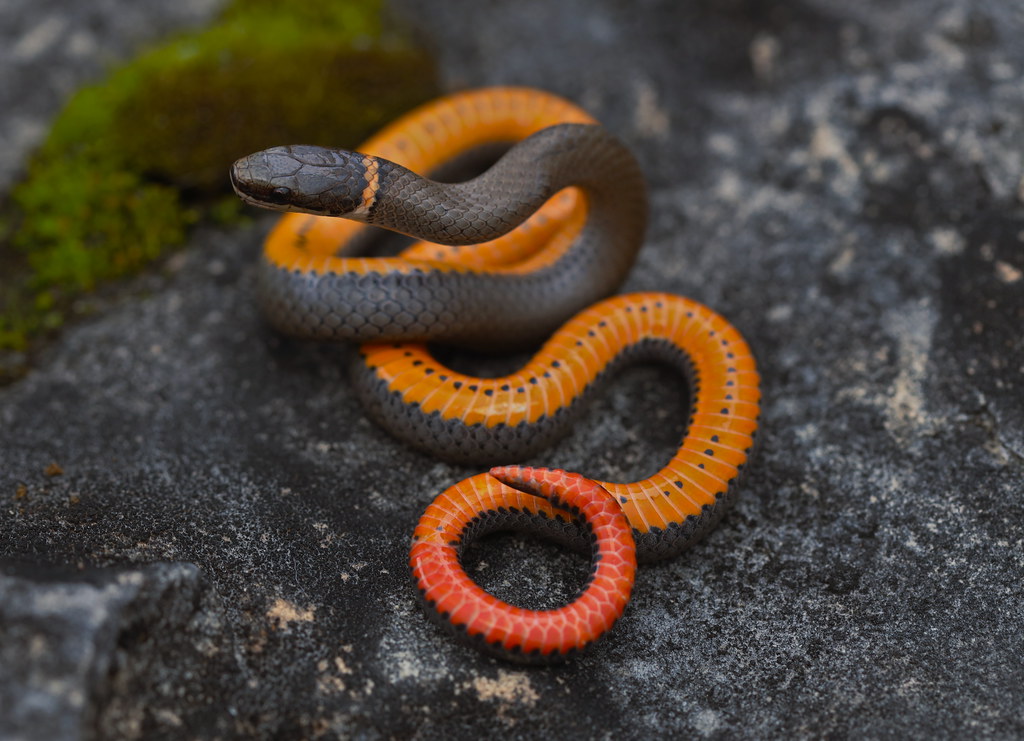
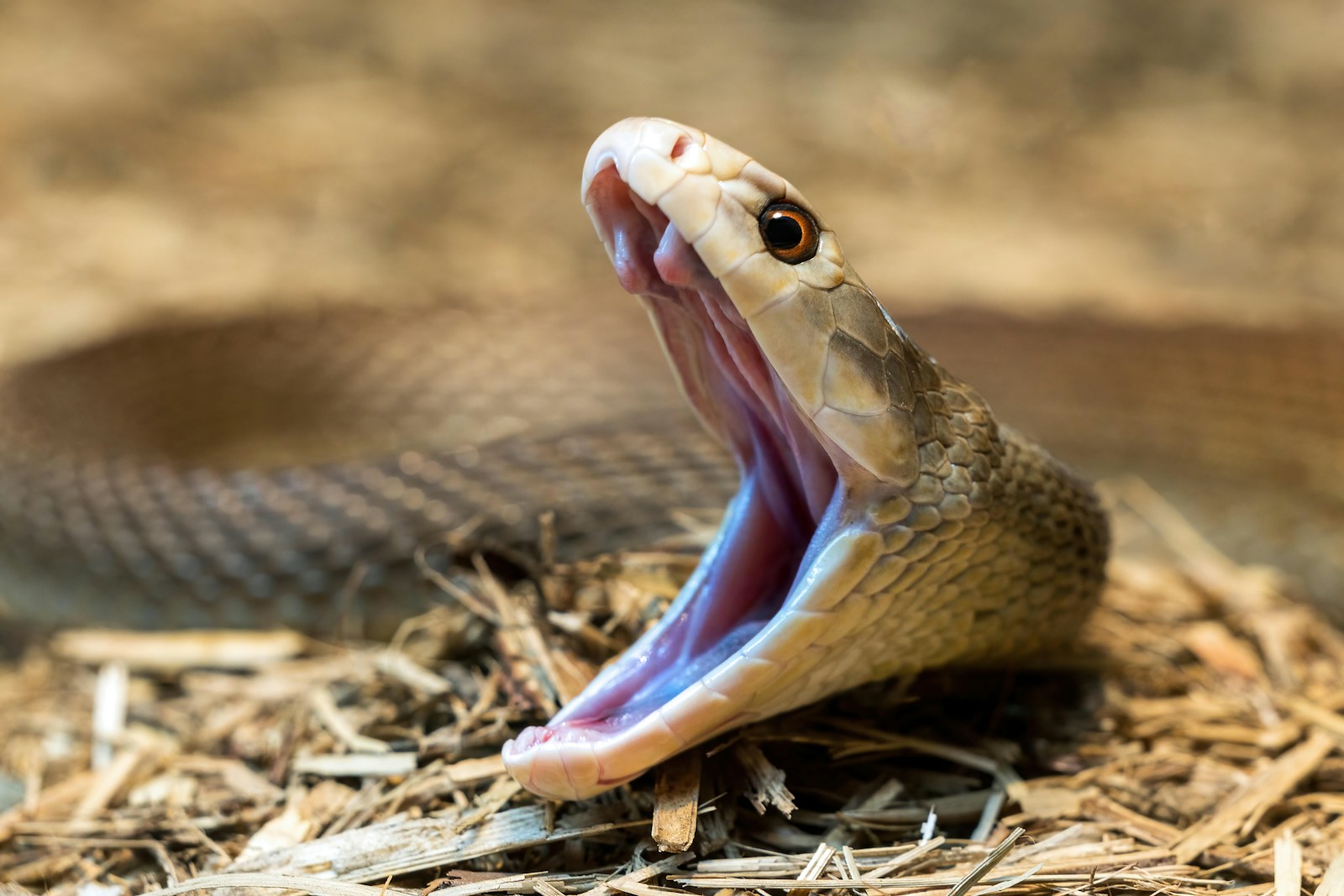
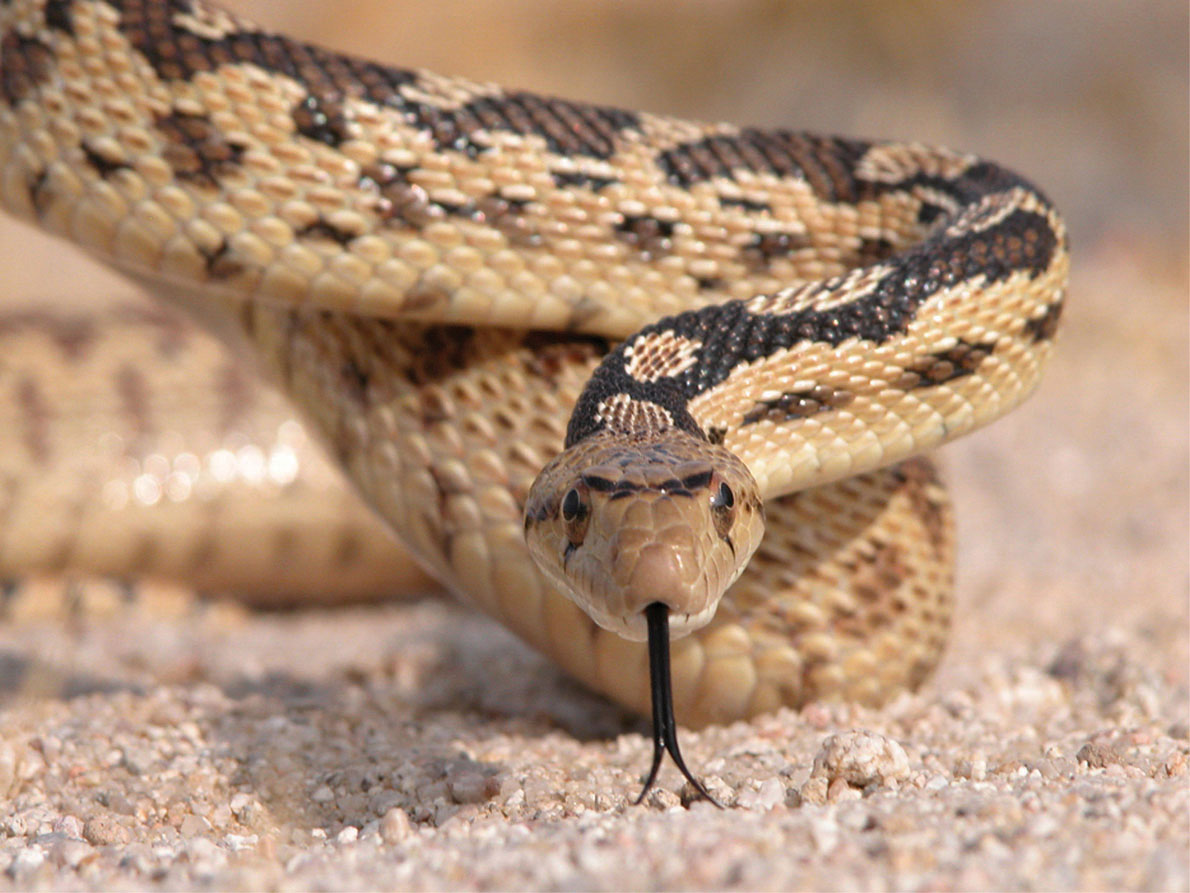
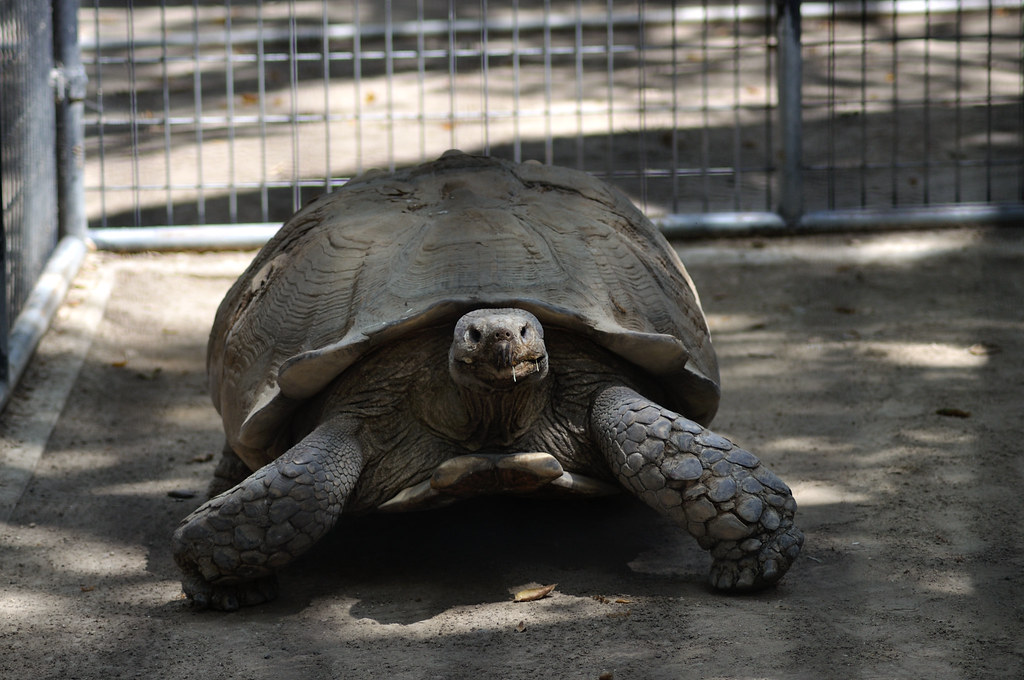
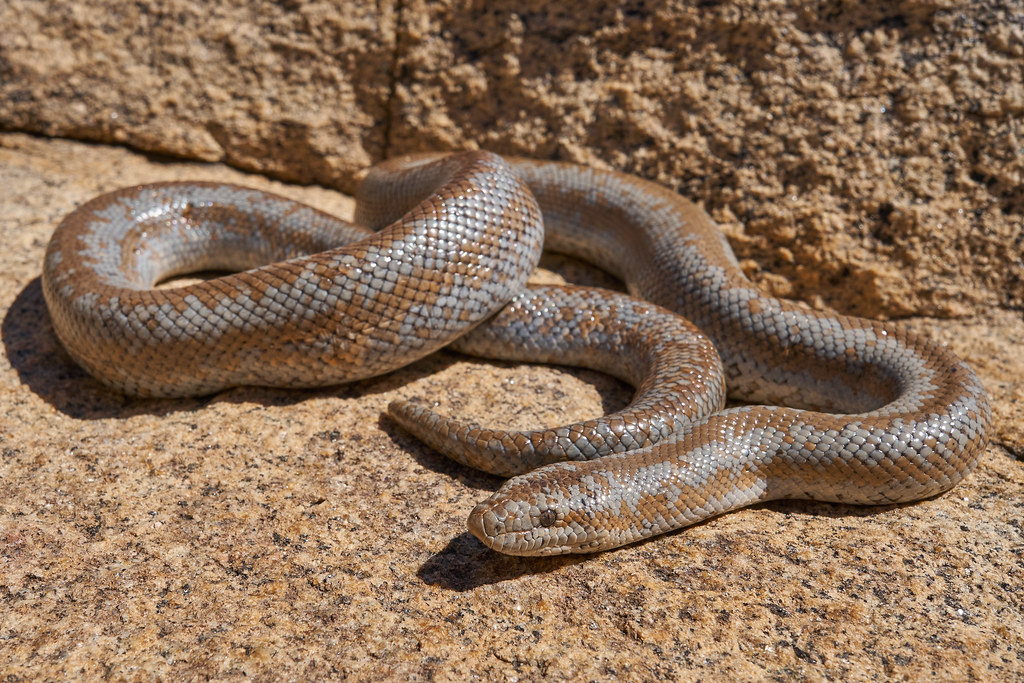
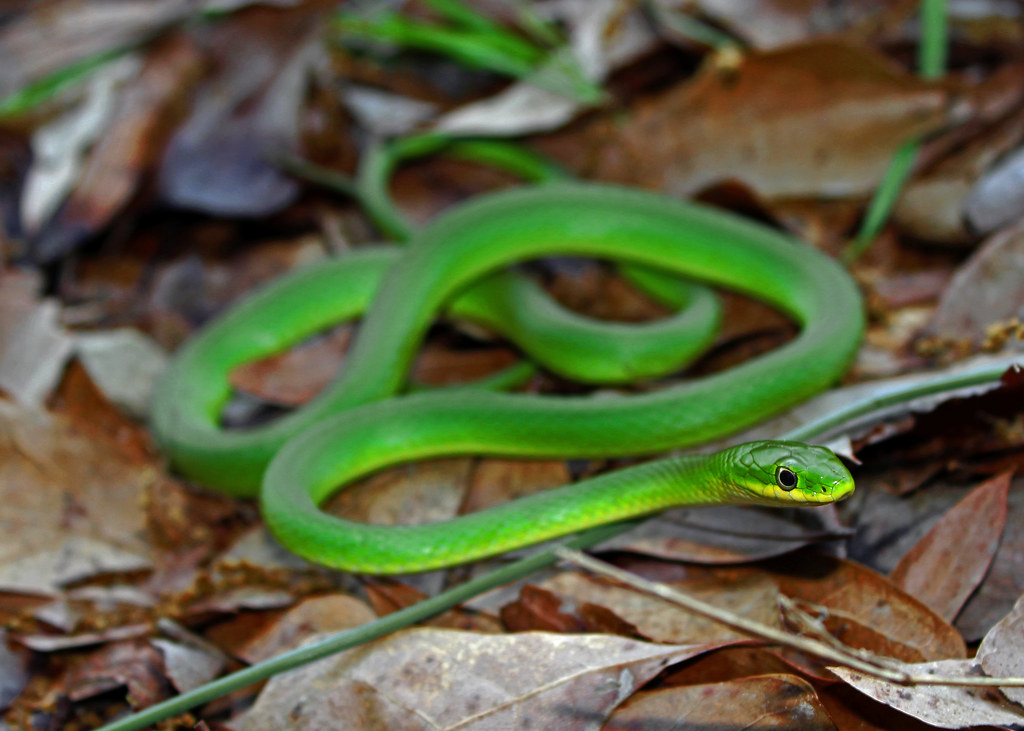


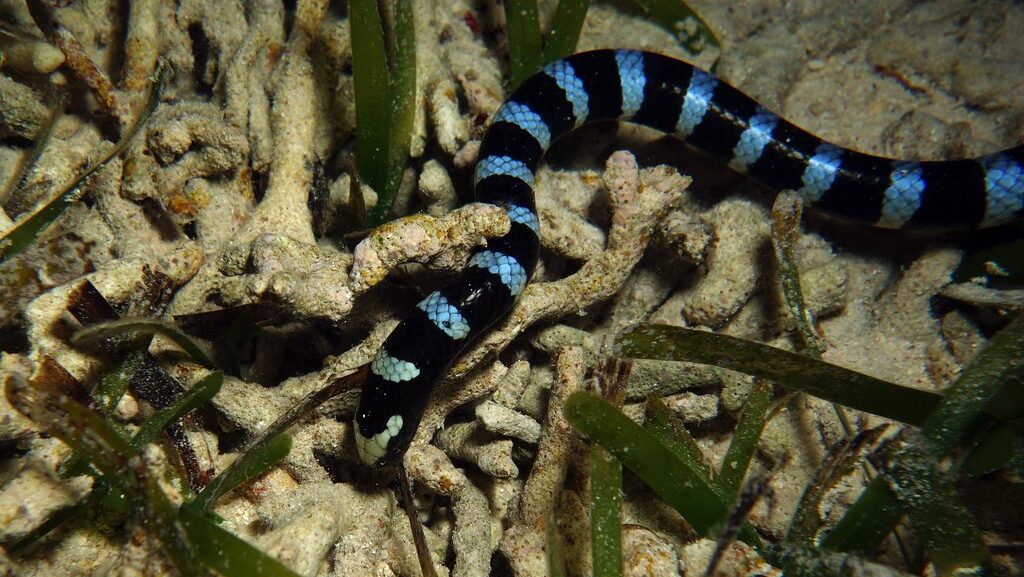



Leave a Reply